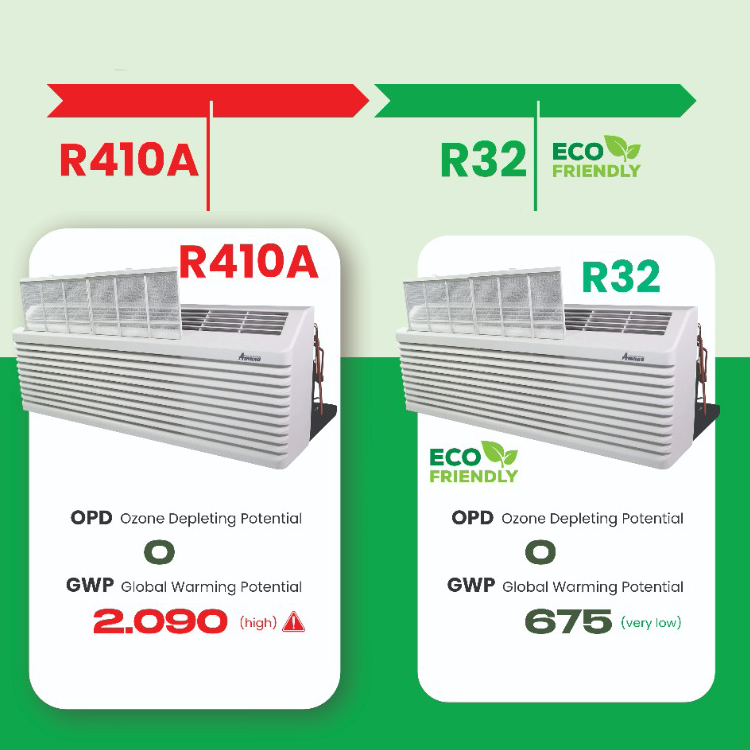Introduction: The HVAC industry is undergoing a significant shift towards more environmentally friendly refrigerants, signaling the eventual end of R410A. With regulations and market pressures driving the transition to alternatives like R32, it's crucial to grasp the timeline of R410A availability and its implications for homeowners, HVAC professionals, and manufacturers. In this blog post, we'll delve into the countdown to the phase-out of R410A Systems & Units, and explore what it means for the future of air conditioning and refrigeration systems.
Understanding the Phase-Out Timeline: Regulations targeting greenhouse gas emissions and climate change concerns are propelling the phase-out of R410A. Across various regions, restrictions on the production, import, and use of R410A are already taking effect. For instance, in the United States, the Environmental Protection Agency (EPA) has set targets for the phasedown of HFCs, including R410A, with substantial reductions expected by [specific date]. Such regulatory actions signal the urgency for stakeholders to transition away from R410A.

Discover Top-Grade Air Conditioners: View Our Products Today
Impact on HVAC Industry: The transition away from R410A carries significant implications for all facets of the HVAC industry. Manufacturers are hastening their R410A-to-R32 transition plans and gearing up for the production of compliant equipment. Distributors and contractors are adjusting their inventories and preparing for heightened demand for R32-compatible systems. Homeowners may encounter price hikes for R410A-related services and equipment, amplifying the importance of informed decision-making amidst the transition.
Benefits of R32: Among the alternative refrigerants, R32 is gaining prominence for its superior characteristics. With higher energy efficiency, lower global warming potential (GWP), and compatibility with existing designs, R32 presents a compelling solution for the future. Manufacturers are increasingly adopting R32 in their product lines, driven by its environmental credentials and regulatory compliance. The transition to R32 aligns with industry-wide efforts towards sustainability and energy efficiency.
Considerations for Homeowners: Homeowners are encouraged to factor the phase-out of R410A into their HVAC investment decisions. While existing R410A systems will remain serviceable for the foreseeable future, purchasing new equipment may necessitate consideration of alternative refrigerants. Opting for systems utilizing R32 ensures compliance with future regulations and unlocks benefits such as enhanced energy efficiency and reduced environmental impact, however the new units and systems will carry a price hike compared to R410A models. Homeowners should keep abreast of industry developments and make informed choices to future-proof their HVAC investments.
Preparing for the Transition: Stakeholders in the HVAC industry must proactively prepare for the R410A phase-out and the widespread adoption of alternative refrigerants like R32. This entails staying abreast of regulatory updates and certification requirements, updating training programs to include R32 technology, and educating customers on the benefits of transitioning to eco-friendly systems. By embracing the transition collaboratively, the industry can navigate the shift smoothly and foster a sustainable future for air conditioning and refrigeration.
Conclusion: In conclusion, the clock is ticking on R410A, and stakeholders in the HVAC industry must heed the timeline of its availability before the R32 switch. With equipment purchases dates looming, manufacturers, distributors, contractors, and homeowners must collaborate to navigate the transition seamlessly. By embracing alternative refrigerants like R32, stakeholders can pave the way for a sustainable and environmentally conscious future in air conditioning and refrigeration. If you are looking to get started looking at a R410A system a Goodman 3 Ton 80,000 BTU system is a great place to start.






